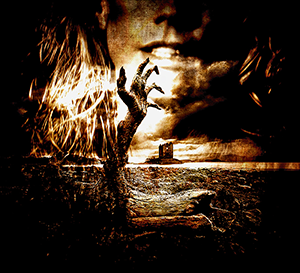It has been stated by some art historians that the early development of surreal art was a response to, and influenced by the writings of psychologist Sigmund Freud, who used a variety of techniques to draw out the subconscious thoughts of his patients.
The importance of the revelations of those thoughts to the, then new, Surrealism movement was to encourage a push back against restrictions imposed on art in general, prior to that time. Those restrictions required art to eschew anything, which could be regarded as having been produced by a rational mind. But the views of Freud gave the surrealists impetus to reject what they saw as the mores of an oppressive society.
So it was that many artists of the surreal produced objects and images with a decidedly erotic motif, while others reproduced the illusory imagery of dreams, myth, and fantasy, and still others depended on distorted recollections of figures and events (perhaps dreams or nightmares). Ultimately, however, there were those, who attempted to ‘understand’ all of these depicted subjects or themes, one way or other, through what was considered to be a Freudian analysis.
For me, surrealistic art holds a fascination, whereby I can express things, which do not always meet the criterion of having been produced by an entirely rational mind. Indeed, I ask myself whether it can be said that abstract art meets the rational mind criterion.
In any event, for me, a surrealistic works is not required to possess any underlying, Freudian, sexual connotation. I have been told that I delude myself, because such things are a projection of the sub-conscious, of which I am not aware. I reject that thesis. I prefer to believe that I have some control over the works I produce.
